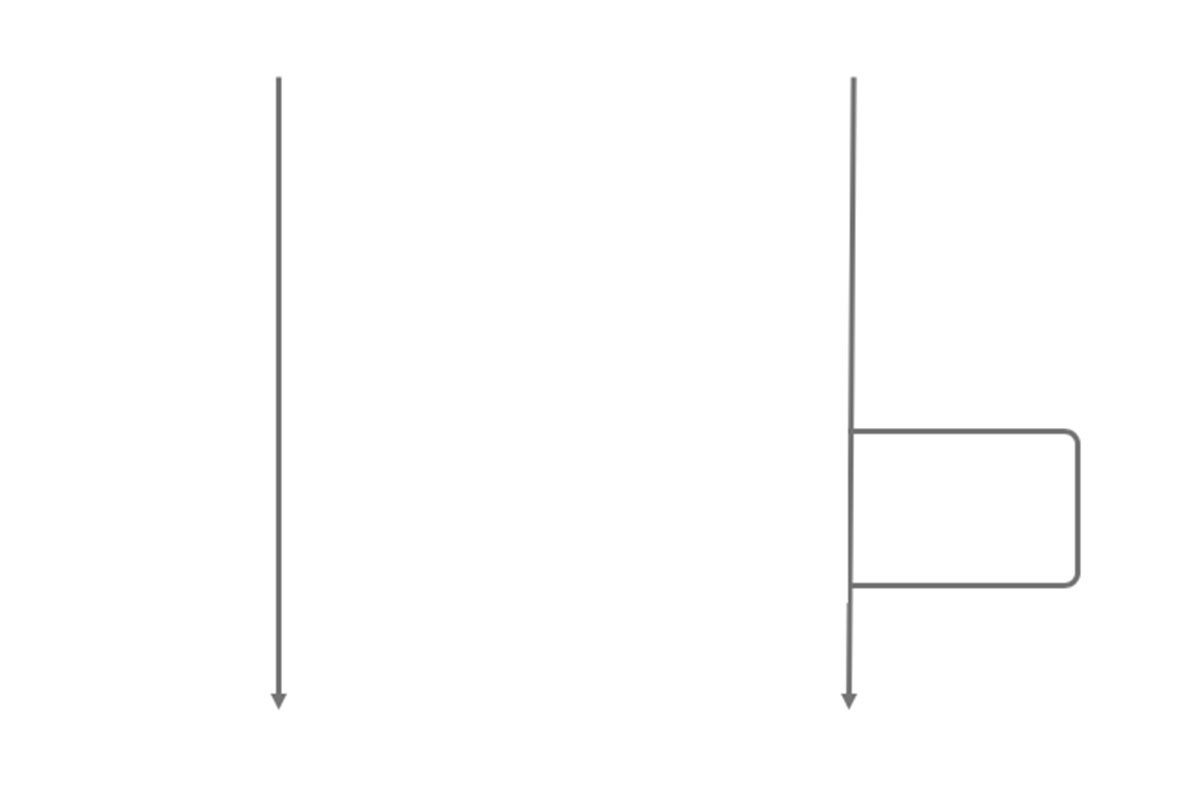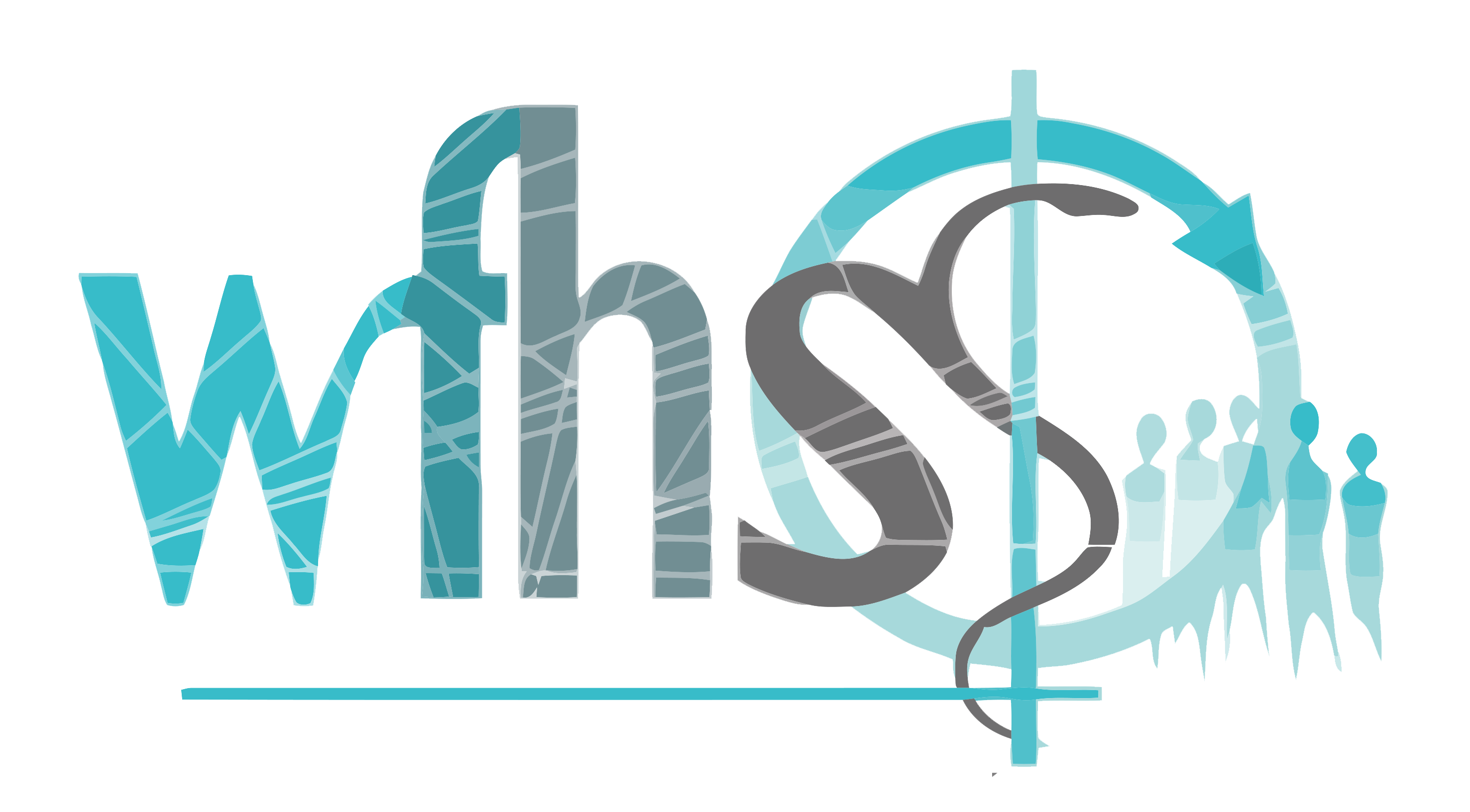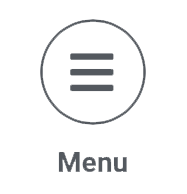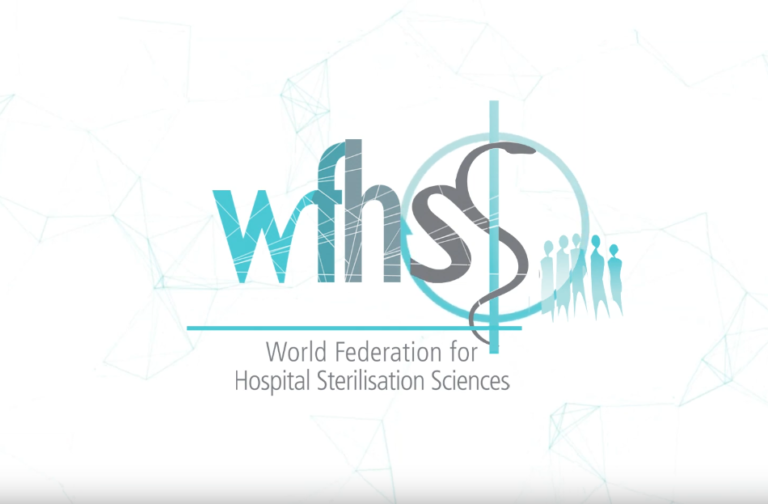实施运输复用医疗器械 (RMD)的场景:
- 使用现场即时处理后。 RMD被转运到灭菌部门或消毒间进行消毒。 污染的 RMD 装在一个密闭容器中,同时采取预防措施以避免RMD损坏。
- 灭菌或消毒后。最终灭菌后,有包装保护的无菌 RMD 被运送到存储区,或者如果打算立即使用,则运送到使用现场。 在非最终灭菌或消毒后,没有保护的 RMD 被转运到使用现场或临时存储点。在一定的时间范围内实施转运,并限制再次被污染的风险.
![]() 在实施朊毒体防控措施的国家,将有潜在风险的 RMD 与其他器械分开,并根据当地法规做出明确标识和实施转运。
在实施朊毒体防控措施的国家,将有潜在风险的 RMD 与其他器械分开,并根据当地法规做出明确标识和实施转运。
污染的运输容器:运输污染RMD的容器与运输无菌或消毒物品必须有明显区别。无论采用何种运输方式,污染的物品都不使用与无菌或消毒物品相同的运输路径。
- 人手直接搬运、或使用手推车或转运车进行院内运输:污染的器械容器按照指定的路线运输,以避开人流量大的区域和病人护理区。转运车和工作台足够大,可以将所有包裹平放,而不会超出推车搁板或台面。污染和无菌或消毒的物品绝不能一起同时放在手推车或转运车上。当手推车交替用于运输污染物品和清洁物品时,在每次使用之间应根据手推车制造商的使用说明 (IFU) 进行处理。推车的设计和材料利于清洁,最好能进行自动清洁。如果手推车离开空气受控的区域,应闭合并受到监控。手推车或其他转运车辆的复用车罩在每次使用后都要清洗,并有一个可密封的开口。
- 院内运输使用自动推车分配系统和气动系统:在设计上,污染物品路线和无菌物品路线是不同的。由授权人员监督系统运行。根据制造商的 IFU 对设备进行清洁和消毒。
- 院内运输使用电梯:污染的RMD 或无菌和消毒的RMD使用专用电梯。电梯应足够宽敞,可以安全地放置密封箱。电梯设计应便于清洁,根据使用机构的规定进行定期清洁。专用清洁电梯应位于指定为“清洁”区域。无菌物品放置在密封垃圾箱、封闭的转运车或塑料袋里。
- 院外运输:运输RMD优先安排专车专用。如果车辆同时用于运输污染和清洁的器械,则将污染和清洁的器械放置在车辆的相互独立的安全区域。所有运输车辆(机动或手动)的设计和材料都适宜进行清洁和消毒。储物柜是完全封闭的。车辆是定制的,便于装卸。推车固定在车厢内,以防止损坏或溢出物污染。已装载完毕并准备出发的车辆不应在不安全的区域停放且无人监管。
- 所有 RMD 均需要小心运输。人手搬运放置污染物品的容器时,要保持水平,以避免溢出和 RMD 移位。
运输工作人员接受适当的有关物品搬运风险的教育。
负责污染物品运输的工作人员已经接受运输容器内污染物品风险相关的教育。
![]() 运输车应准备好个人防护设备和生物危害泄漏应急装备。
运输车应准备好个人防护设备和生物危害泄漏应急装备。
消毒或非最终灭菌后,RMD 依然会受到环境和操作的污染。在受控条件下进行转运。 根据斯波尔丁分类原则,按RMD 的预期用途确定预防措施级别。
最终灭菌后,无菌 RMD 有包装保护。 采取预防措施以避免包装破裂或损坏。若发生损坏,则按系统流程报告。
运输的标准操作程序 (SOP) 是根据质量管理原则制定的。
应执行风险分析。 包装应能适应运输的条件。 风险分析还应评估运输中的不利情况,例如湿度过高、暴露于极端温度下出现的冷凝、灰尘和污垢、过高的气压和微生物。
运输过程确认管理下面的内容:
- 已执行培训,内部和外部员工(如果运输外包)都已获得培训证书。
- 落实职业健康和安全措施; 特别是涉及到运输污染 RMD的内容。
- SOP 是最新的,包括了风险分析结果。

WFHSS 对运输的建议
- 污染物品和无菌或消毒的物品采用不同的运输路线
- 运输工作人员(医疗机构员工或外部职员)接受相关的感染风险和物品处理风险的职业健康和安全教育
- 运输按照质量管理原则实施并经过流程确认。 风险分析保证物品包装适应运输条件。
Switch in landscape mode to use the flowchart

RMD after point of use processing
Go to Transport– Key principles →
1 of 12 运输污染的 RMDBy trained operators personal aware of contamination risks
Go to Transport of RMD after use →
2 of 12 再处理部门中的 RMDRMD after point of use processing
Go to Transport – Key principles →
3 of 12 再处理部门中的 RMDPackaged sterile RMD or disinfected RMD
Go to Transport– Key principles →
4 of 12 运输无菌或消毒的 RMDBy trained operators personal
Go to transport of RMD after disinfection or sterilization→
5 of 12 储藏区域RMD in sterile packaging
Go to transport key principles →
6 of 12 在使用现场再处理Care unit or operating theatre
Go to Transport key principles →
7 of 12According to transport SOP
Go to![]() WFHSS recommendation for transport →
WFHSS recommendation for transport →
Traceability and controls
Go to Transport and quality →
9 of 12According to SOP’s
Go to![]() WFHSS recommendation for transport →
WFHSS recommendation for transport →
According to SOP’s
Go to transport of RMD after disinfection or sterilization →
11 of 12Traceability and controls
Go to Transport and quality →
12 of 12- ISO 17664-1 :医疗器械的处理- 医疗器械制造商提供的医疗器械处理的信息













